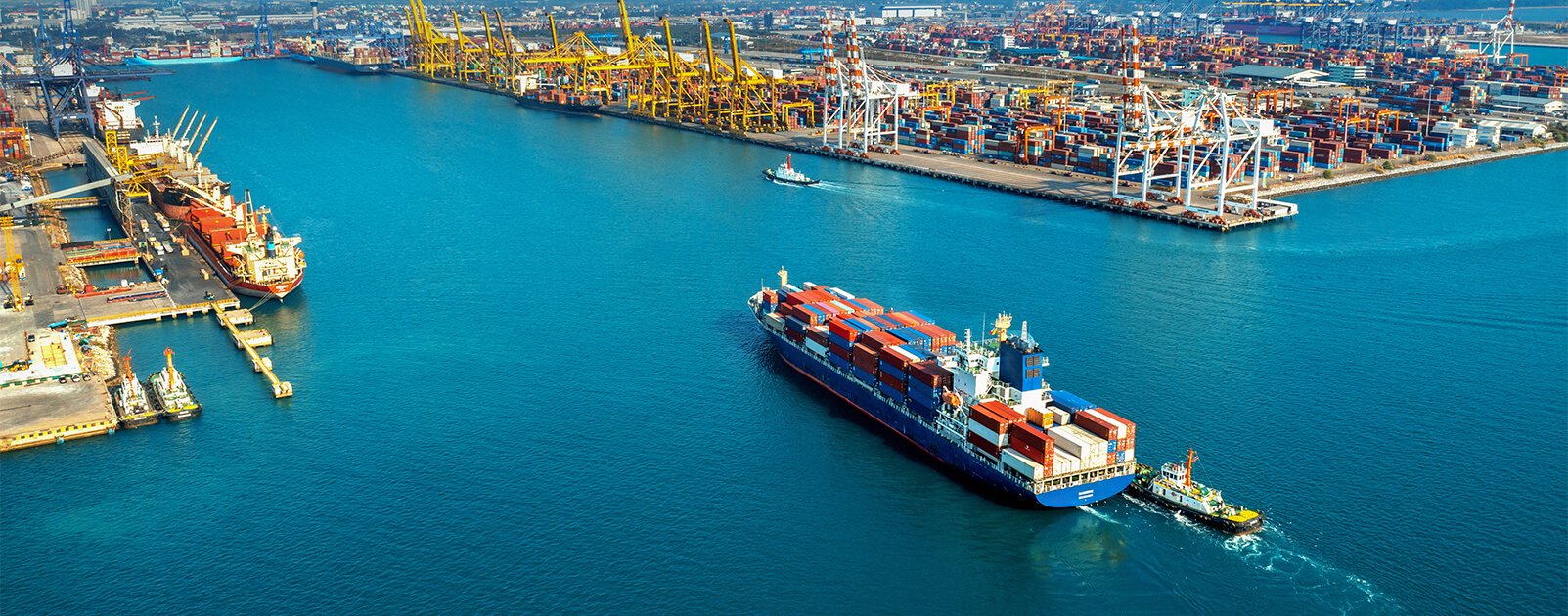Cargo ships are divided into types: sea, river, river-sea. The first category includes general-purpose bulk carriers, refrigerated trucks, container ships, rollerswith a folding stern, bulk carriers with inclined walls of the hold, tankers, timber carriers, gas carriers, ferries. The second type includes: self-propelled cargo ships (automobile, ore, cement, container ships, refrigerators) and non-self-propelled vessels barges.
Water transportation has distinctive features. Cargoes with different physical and chemical characteristics can be loaded and stored together for a long time in one cargo compartment. During long-term cargo transportation by sea, goods are subjected to additional loads, which are caused by pitching and storm vibration, changes in humidity and temperature. It is possible to ensure the safety of products in such conditions only with strict compliance with the technology of loading, placement, fastening.
Cargo operations are regulated by general and special rules, codes, guidelines for the sea transportation of food, industrial, bulk, bulk, dangerous goods. Goods for transportation by water are accepted and handed over with an external inspection and verification of compliance of impressions and indexes of seals with entries in bills of lading, loading orders.
River and sea transportation at the stage of preparation go through several stages. The characteristics of the cargo are necessarily analyzed, the optimal logistics scheme is selected, accompanying documentation is drawn up, packaging and labeling, insurance, loading is carried out. The safety and security of the goods, the financial costs of its delivery depend on how well the preparatory measures are carried out.
Container ships are most often used for the delivery of consumer goods. Their main advantage is that there is no need to overload material assets along the route of the vessel. We carry out container transportation by sea to ship any shipments of goods, including prefabricated containers and large ship shipments of machinery, fossil resources, metal and other cargo.



